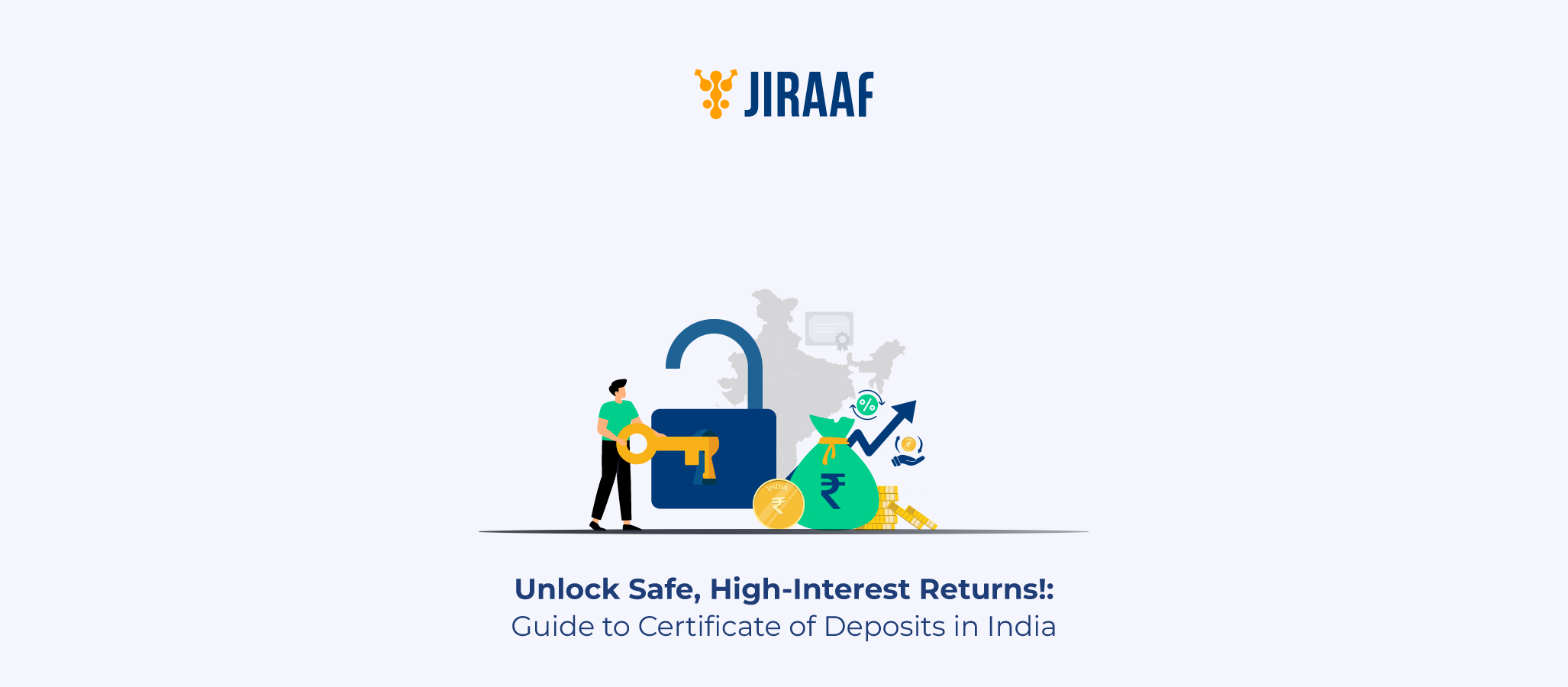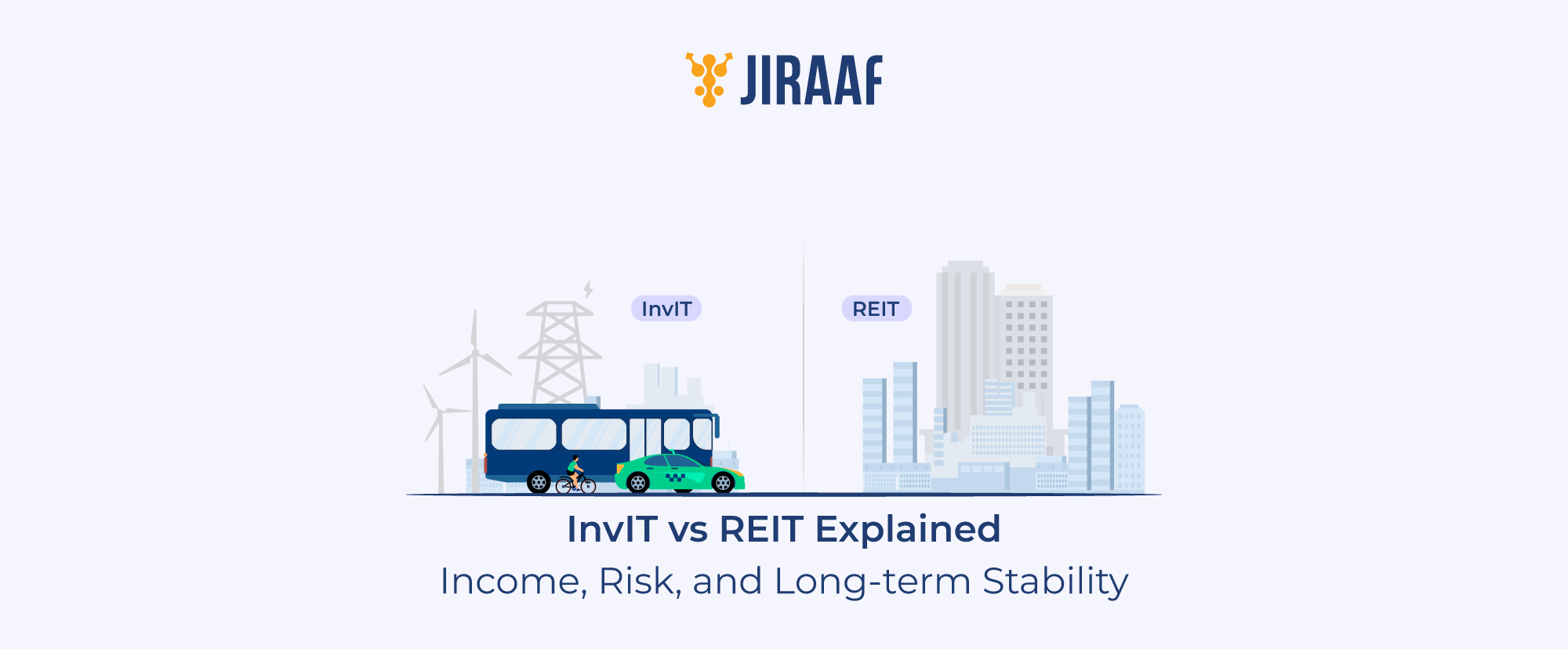The National Pension System (NPS) is a long-term retirement investment plan backed by the Government of India. It’s designed to build a pension corpus through monthly or annual contributions. However, knowing how and when to withdraw your funds is equally important. This guide covers everything about NPS withdrawals—from retirement withdrawals to partial exits and the step-by-step process to initiate withdrawals online.
What Is NPS Withdrawal and When Can You Do It?
NPS withdrawal refers to accessing your pension corpus—either partially or fully—based on retirement, emergencies, or account closure.
You can withdraw:
- Upon retirement (at 60 years)
- Before retirement under specific conditions
- Partially during emergencies (only from Tier I)
- Completely if you close the NPS account (Tier II)
Your NPS corpus withdrawal depends on the type of account and the reason for exit.
NPS Withdrawal Rules for Tier 1 and Tier 2 Accounts
Tier 1 Account (Retirement Corpus):
- At Retirement (60+ years): Withdraw up to 60% of corpus tax-free; remaining 40% must be used to purchase annuity.
- Before 60: Only 20% lump sum allowed; 80% mandatorily converted into annuity.
Tier 2 Account (Voluntary Savings):
- Can be withdrawn anytime, without restrictions or exit rules.
- No tax benefits or lock-in unless you’re a government employee.
How to Withdraw from NPS After Retirement
Once you reach 60, you can choose:
- Lump sum withdrawal up to 60%
- Annuity plan for the remaining 40% (mandatory)
Steps:
- Log in to the CRA Portal (https://cra-nsdl.com/CRA/)
- Choose “Exit from NPS”
- Submit withdrawal preference (annuity/lump sum split)
- Upload KYC documents
- Choose Annuity Service Provider and pension plan
- Submit digitally signed declaration
Your bank account must be linked with your NPS account for smooth credit.
Partial Withdrawal from NPS: Eligibility & Limits
Partial withdrawals are allowed from Tier 1 under specific conditions:
Conditions:
- Must have completed 3 years in the scheme
- Up to 25% of own contributions (not total corpus) allowed
Allowed reasons:
- Medical treatment (self/family)
- Higher education of children
- Marriage of children
- Purchase/construction of a house
- Business setup or loss due to disability
You can avail up to three partial withdrawals during your NPS tenure.
Step-by-Step Process for NPS Withdrawal Online
For Retirement or Exit:
- Visit: https://cra-nsdl.com/CRA/
- Log in with your PRAN and password
- Navigate to “Exit from NPS”
- Choose reason: Superannuation / Premature / Death (Nominee)
- Submit:
- PAN, Aadhaar
- Bank account details
- Address proof
- Cancelled cheque
- Choose Annuity provider and upload related forms
- Authenticate via OTP and submit
For Partial Withdrawal:
- Log in to CRA portal
- Click on “Withdrawal Request” under Tier I
- Choose “Partial Withdrawal”
- Select purpose and amount
- Upload required documents
- Submit digitally
How to Close or Exit Your NPS Account
You can exit from NPS under three conditions:
1. Superannuation (60+ years):
- Up to 60% withdrawal
- Minimum 40% annuitized
2. Premature Exit (Before 60):
- Only 20% lump sum allowed
- 80% to be converted into annuity
3. In case of death:
- Entire corpus paid to nominee/legal heir
Closure Process:
- Use CRA portal or visit Point of Presence (PoP)
- Submit exit form and supporting documents
- Fund disbursement processed within 3–10 working days
Conclusion
Understanding the NPS withdrawal rules helps you make smart retirement decisions. Whether you’re exiting due to retirement or personal needs, being aware of limits, timelines, and digital procedures ensures a smooth and compliant process. Make sure your details are updated and verified in your NPS account for seamless fund access.
Frequently Asked Questions (FAQs)
How much can I withdraw from NPS after retirement?
Up to 60% of the corpus as a tax-free lump sum; the rest must be used to buy an annuity.
What is the minimum lock-in period for NPS partial withdrawal?
3 years from the date of joining NPS.
Can I withdraw the full amount from my NPS Tier 1 account?
Only under specific conditions like superannuation or in the event of death.
Is NPS withdrawal taxable?
The 60% lump sum at retirement is tax-free; annuity income is taxable.
How long does the NPS withdrawal process take?
Typically, 3 to 10 working days after submitting a complete request.
Can I exit NPS before 60 years of age?
Yes, with restrictions—only 20% lump sum and 80% for annuity purchase.
What documents are required for online NPS withdrawal?
PAN, Aadhaar, bank details, address proof, cancelled cheque, and signature.
Discover fixed income investments with Jiraaf, a SEBI registered online bonds platform that educates and brings access to a wide array of bonds. Sign up today to explore diversified fixed income investment opportunities to support your goal-based wealth creation journey. Start investing!









